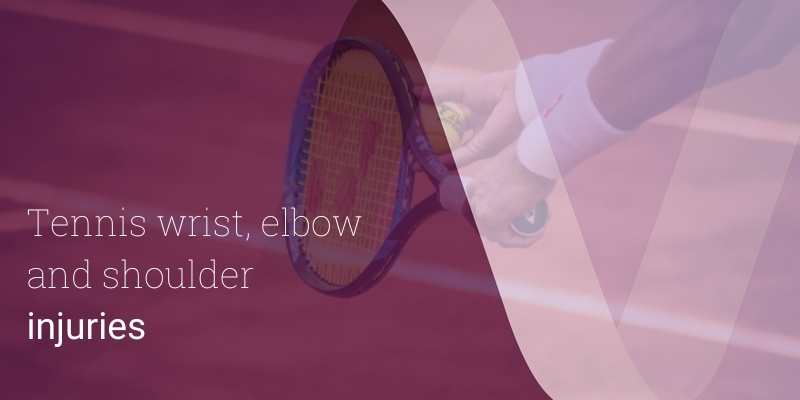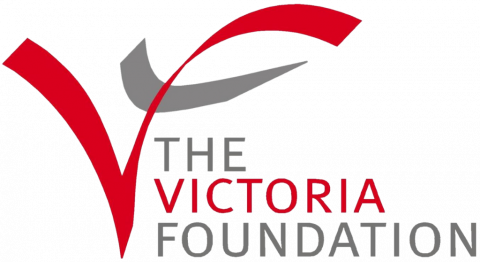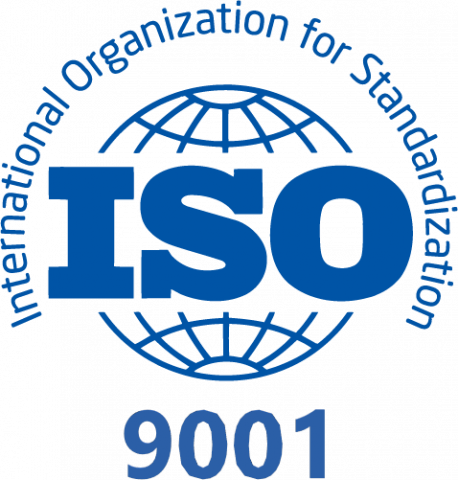
With the start of the world’s oldest major tennis tournament in Wimbledon, there is no better time to consider the possible upper limb pathologies that may arise in tennis players of all levels. Mr Angelos Assiotis, Trauma and Orthopaedic surgeon at New Victoria Hospital, discusses the most common problems of the upper limb in tennis players and how these are treated.
Tennis enjoys great popularity worldwide due to the combination of technical skill, aerobic and anaerobic exercise, appropriate for players of all levels. It is, however, a sport that is associated with a fairly high incidence of injuries of up to 2.9 injuries per player per year.
The most common tennis injuries
Although the following list is not exhaustive, common injuries affect the wrist, the elbow and the shoulder.
Wrist tendon problems
A fall on the upper limb or even continued overuse may result in tendon issues such as ECU (extensor carpi ulnaris, the wrist tendon that attaches to the base of the little finger) tendinopathy or instability. This is usually felt as a painful ‘click’ or ‘snapping’ when rotating the forearm under load, such as when striking the ball.
Wrist tendinopathy: diagnosis and treatment
If tendinopathy is suspected, it may be confirmed with an ultrasound or MRI scan. Non-surgical treatment, such as rest, anti-inflammatory medications, splinting or a steroid injection usually results in resolution of symptoms.
In cases of tendon instability and dislocation, if non-surgical management fails to improve symptoms, surgery is offered to stabilise the tendon in the tunnel where it should be gliding.
Tennis elbow
Despite its name, tennis elbow or lateral epicondylitis, is not only prevalent in tennis players but can occur with other activities as well. However, up to 50% of players will develop some lateral elbow pain at some point in their careers. This pathology can be very uncomfortable and, once it is established, may present in simple tasks, such as rotating the forearm and carrying shopping bags.
Rather than an acute injury, it usually is tendinopathy of gradual onset and deterioration.
Tennis elbow treatments
Treatment options will be non-surgical at first and you should consult with a tennis coach; you could be using a racket that is too heavy or has the wrong grip size for you, or your backhand technique may be incorrect.
In fact, tennis elbow affects recreational players more than professionals, often due to the wrong mechanics of a backhand stroke. Perhaps it’s time to employ a more traditional two-handed backhand as there is evidence of less load transfer to the elbow tendons with this technique.
Other treatment options include physiotherapy, bracing of the elbow, anti-inflammatory medications and rest. Steroid injections, although popular in the past, are used less nowadays due to poor evidence for their long-term efficacy. Failing this, surgical release of the affected tendon can be performed, through an open incision or keyhole surgery. Tennis players can return to the court after 4-6 months after surgery.
Medial epicondylitis
More common in high-level players, medial epicondylitis presents with pain on the inside part of the elbow joint, over the medial epicondyle and is the result of repetitive loading of the muscle that flexes the wrist and fingers, such as excessive wrist forceful flexion when serving or on forehand strokes.
Medial epicondylitis treatment
Since this is progressive tendinopathy rather than an acute injury (similar to lateral epicondylitis), your surgeon will exclude other possibilities such as nerve pathology or an elbow ligament injury with clinical examination and an MRI scan, if needed. The vast majority of patients with this problem are treated without surgery, with the use of anti-inflammatory medications and an initial period of rest, followed by targeted rehabilitation with physiotherapy and a progressive return to play.
Rotator cuff problems
The shoulder is a complex joint that presents the greatest range of movement compared to other joints in the human body. It is not a surprise that it is frequently involved in tennis injuries. In fact, it is a very common cause of retirement for professional tennis players.
Rotator cuff pathology usually affects older patients in the general population, but in tennis players, it may present earlier in life. There is a clear distinction between an acute rotator cuff tendon tear resulting from a fall while playing, and more chronic tendinopathy of the rotator cuff, without a clear history of a significant injury. In both pathologies, the patient will usually present with pain over the shoulder and weakness in overhead elevation, especially above shoulder level.
Rotator cuff surgery
If an acute tendon tear is diagnosed, treatment is usually surgical to repair the tendon, with keyhole (arthroscopic) or open techniques. More chronic problems can be initially dealt with by targeted rehabilitation and activity modification, with the option of a steroid injection available as well. If these measures fail to lead to relief from symptoms, surgery may be needed. If the tendon is partially or completely injured, the surgeon shaves a portion of the bone that may touch and irritate the tendon.
So, with this basic knowledge in tennis injuries of the upper limb, we hope that you enjoy this wonderful sport, and if you require our help, we are always available to manage any upper limb problem that may arise.
To book an appointment with our upper limb orthopaedic specialists, you can call us on 020 8949 9020 or:













